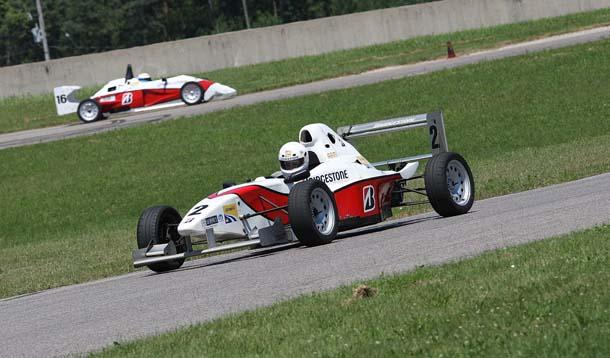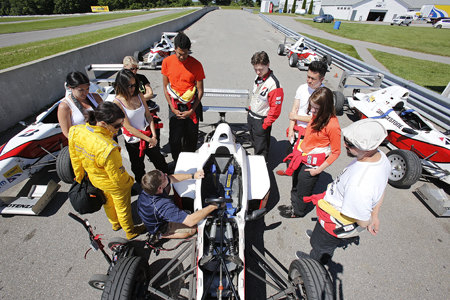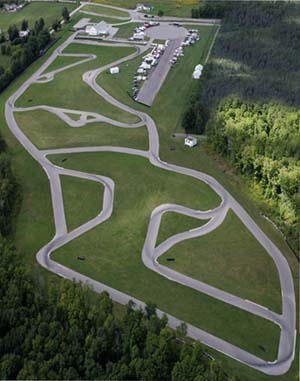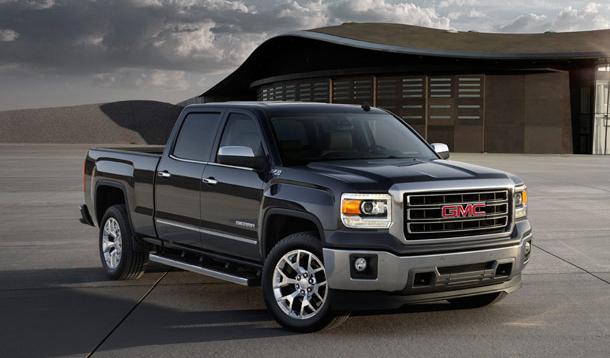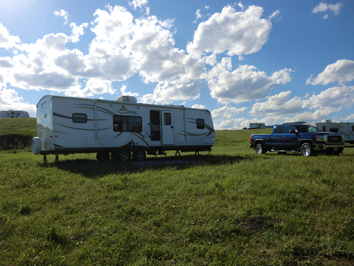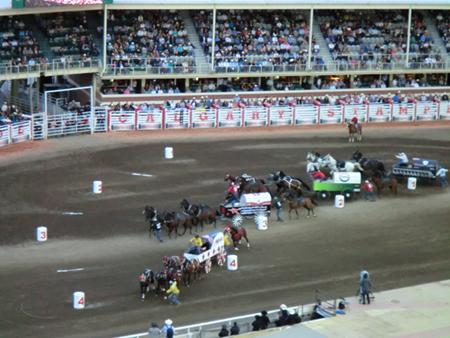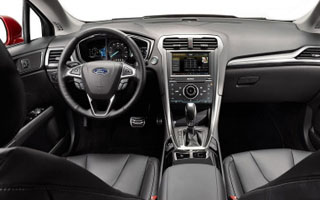I spent 2 days at the Bridgestone Racing Academy (in Bowmanville, Ontario) and I have to say this—driving a race car has been on my bucket list for a long time. Where else can I legally go crazy fast and be taught the methodology of going even faster? And have a team of mechanics on hand so that I don’t have to think about fixing the car?!
I’ve been driving since the day I turned 16 (so that was a while ago), been around cars for a bit, and driving a regular car is so second nature to me that it took some getting used to in terms of thinking about what I was doing with the race car, when to shift, how to take corners, how to go faster. Apparently a three-day session also teaches the art of passing.
Race cars weigh approximately 1,000lbs and have 170 horsepower. That’s something like a Honda Odyssey with over 700 horsepower (base model has 248hp). Do you know how fast you could get to the next soccer practice with that kind of minivan?
When I first got into the car, the mechanic told me to sit like I was in a bathtub. I can’t tell you the last time I took a bath—there’s no time, I live a shower-only life! The mechanics made sure we had the right seat padding to be comfortable and they put our 5-point safety harness on (I know, I’m spoiled!). We were under the watchful eyes of Brett Goodman (Race Director), Jamie Fitzmaurice (Chief Instructor) and Santiago Rojas (Lead Race Mechanic).
In two days, I went from completing the track in 86 seconds to 67 seconds. The fastest time ever on the track is 55.69 seconds.
As soon as the engine started I was getting giddy! Here’s how I shaved almost 20 seconds off my time:
- Braking: My first time around, I was still used to driving a regular car where I don’t want to work the brakes too hard. I was thinking about brake fade or overheating the brakes. It took me some self-reminders that these were racing brakes and could withstand extremely high heat. Once I got past the worry of overheating the brakes, I had to remember not to slam the brakes on or else I’d lock up the wheels.
Note to self about braking—not too hard, not too soft… just right.
- Transferring weight: Since the engine is in the rear of the car, most of the weight is there too. Weight is thrown to the rear when you press the gas pedal weight, and weight is thrown to the front when you press the brake pedal. It was an adjustment for me to get that right, because too much braking and not enough gas will cause the car’s rear to spin out… which did happen to me once, I’ll admit, sheepishly.
Note to self—more gas and less brake.
- Tipping: I’m used to driving regular cars, with stabilizer links and bars to prevent them from tipping during corners. In my mind, I kept thinking that I was going to tip. In reality, the race car is super low to the ground so there’s just no way that it could tip unless I did something really reckless.
Note to self—nearly impossible to tip the race car.
- Turning corners: I was so cautious going around corners because I wanted to maintain control and not tip the car that I didn’t even notice I was coasting through corners with the clutch in and no brake or gas pedal applied. Santiago coached me. “No coasting!” he said. He wanted to hear something coming from my car around corners, I needed to be on the gas pedal to throw the weight of the car to the rear and get more speed. So I did what the coach said and what do you know, I had my best lap time ever.
Note to self—no coasting!
- Patience: I remembered that Brett said we were to “…wait for the speed to come to you.” At the time, it totally sounded like mantra-talk, but the first time I came out of a corner way too fast I knew what he meant. The problem was that when I gave it too much gas the car was harder to control and I had to really yank on the steering wheel to prevent the car from going off course.
Note to self—patience is a virtue that I still need to work on.
These are differences that I learned about driving a race car versus my regular car. As soon as I left, my Corolla did feel a little… sluggish, of course, in comparison. But it was a good break for my hand (no shifting) and my foot (no clutch)… I just put the automatic transmission in drive and had a relaxing commute back home.
I’ll be back, Bowmanville, to chase that 55.69-second record on the track!
If you're in the need for more speed, check out the Bridgestone Racing Academy.
